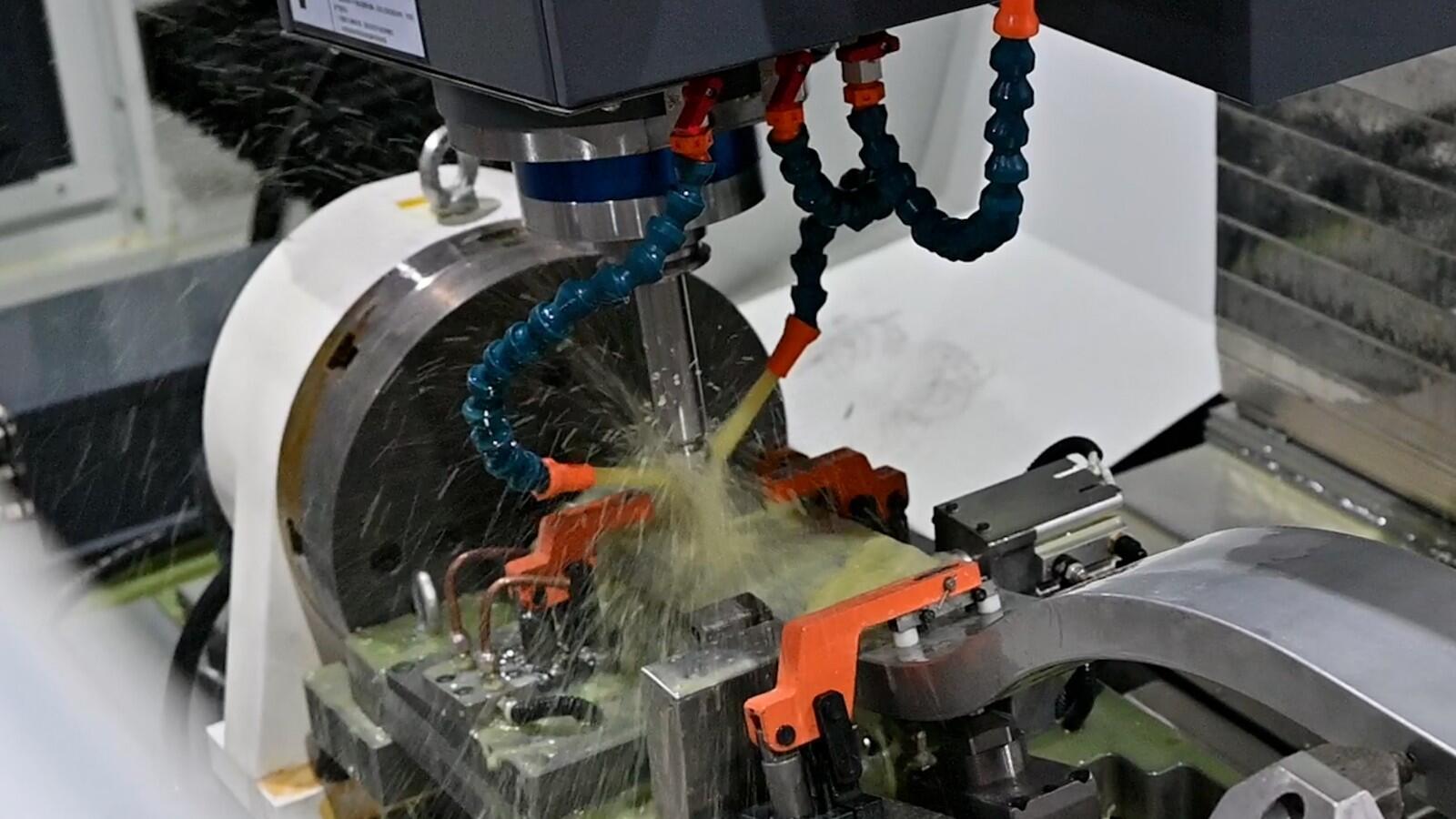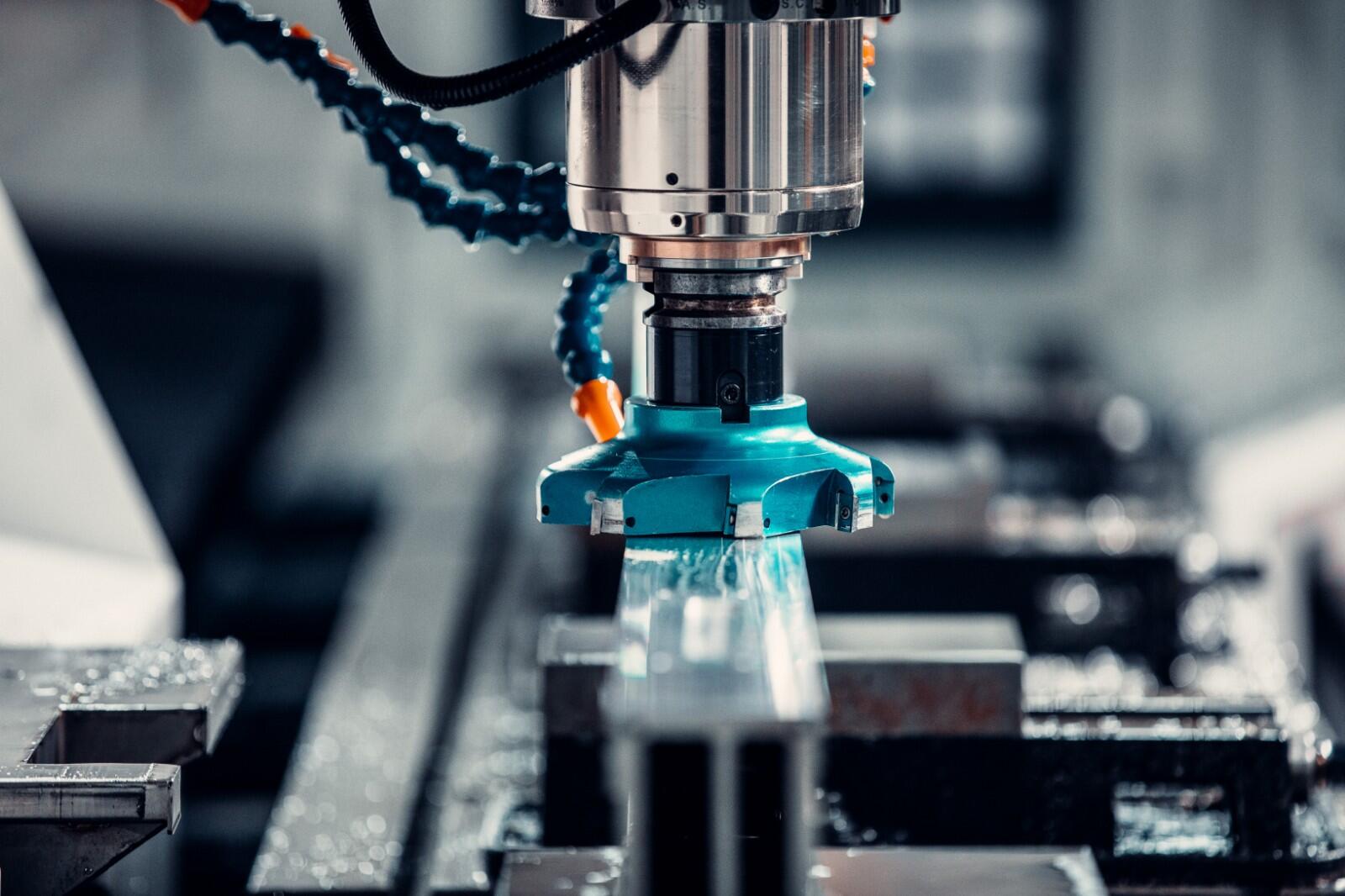BETTER TOUCH BETTER BUSINESS
Contact Sales at Lori.
CNC machining centers are highly efficient and versatile machines used extensively in production operations. However, many people and may not fully understand the capabilities and uses of these machines. This article provides an in-depth look into the world of CNC machining centers.
Classification of CNC Machining Centers
1. Vertical Machining Centers
Vertical machining centers typically feature a fixed column design and a rectangular worktable, making them ideal for processing disk, sleeve, and plate parts. These centers usually have three linear motion axes (X, Y, and Z), and can also include a fourth rotational axis (A-axis) on the worktable.
Advantages:
- Easy installation and operation
- Convenient observation and debugging of processing
- Simple structure, small footprint, and lower cost
Limitations:
- Restricted by column height and tool changing mechanism, limiting the processing of very tall parts.
2. Horizontal Machining Centers
Horizontal machining centers generally use movable columns, with the headstock positioned between two columns, moving along guide rails vertically. These centers also typically feature three linear motion axes:
- X-axis: Left and right movement
- Z-axis: Forward and backward movement
- Y-axis: Up and down movement
They can also be equipped with a fourth rotational axis (A-axis) on the worktable, enabling the processing of complex parts like spiral cylindrical cams.
Advantages:
- Easy to arrange pins during processing
Limitations:
- Less convenient for observing and debugging procedures
- Complicated structure, larger footprint, and higher cost compared to vertical machining centers
- Difficult to monitor during processing and to assemble and measure parts
3. Gantry Machining Centers
Gantry machining centers usually have a vertically oriented spindle and an Automatic Tool Changer (ATC) system. They often include replaceable spindle head accessories and more advanced system software, providing multifunctional capabilities. These centers are suitable for processing large parts.
4. Universal Machining Centers
Universal machining centers, also known as five-sided machining centers, combine the functions of vertical and horizontal machining centers. Once the part is installed, they can complete machining on all sides except the installation surface. There are two common types of universal machining centers:
①Centers where the spindle can rotate 90°, functioning either as a vertical or horizontal machining center.
②Centers where the spindle remains fixed, but the worktable rotates 90° with the part, allowing five-sided machining.
Types of Tables
Machining centers can also be classified based on the number and function of their tables:
- Single table machining centers
- Double table machining centers
- Multi-table machining centers
In conclusion, CNC machining centers are categorized by their structure, function, and the type of operations they can perform. Understanding these categories helps in selecting the right type of machining center for specific manufacturing needs.

CNC Machining Center Structure Composition
1. Basic Components
These form the foundation of the machining center and include the bed, column, and table. They bear the static load of the machine and the dynamic loads generated during processing, requiring sufficient rigidity. These large parts are typically made from cast iron or welded steel, which are the largest and heaviest components of the machining center. For instance, Lori equipment uses high-grade P250 cast iron that is heat-treated for high stability.
2. Spindle Components
The spindle assembly includes the spindle box, spindle motor, spindle, and spindle bearings. Controlled by the CNC system, the spindle's start, stop, and speed changes are essential for the cutting tool's motion. The spindle is a crucial part of the machining center, directly affecting machining accuracy and stability. Lori equipment uses high-precision bearings imported from Japan and precision locking nuts to ensure the machine tool's running accuracy.
3. Numerical Control System
The CNC system of a machining center consists of a CNC device, programmable logic controller (PLC), servo drive, and operation panel. Lori equipment supports systems from manufacturers like Fanuc and Siemens.
4. Automatic Tool Change System
This system includes the tool magazine, tool-changing mechanism, and related components. When a tool change is needed, the CNC system issues a command, and the tool is removed from the tool magazine by a manipulator (or other means) and installed in the spindle. This system enables continuous multi-process machining after a single part installation. Tool magazines (or carousels) can range in capacity from a few tools to hundreds. The structure of the tool arm varies based on the relative position and structure of the tool magazine and the spindle, with configurations such as single-arm or double-arm. Some machining centers forgo the tool arm, using the headstock's or tool magazine's movement for tool changes.
5. Auxiliary Devices
These include lubrication, cooling, chip removal, protection, hydraulic, pneumatic, and inspection systems. While they do not directly participate in cutting, they ensure processing efficiency, accuracy, and reliability, making them essential components of the machining center.
6. APC Automatic Pallet Exchange System
Some machining centers use multiple automatic exchange workbenches to achieve further automation and reduce non-processing time. While one part is being machined, other workbenches can load and unload additional parts. Once a part is finished, the workbench is automatically exchanged, allowing new parts to be processed immediately. This system reduces auxiliary time and enhances processing efficiency.
In summary, understanding the structure and components of machining centers helps in selecting the right machine for specific manufacturing tasks, ensuring efficient, accurate, and reliable production processes.

Main Processing Objects of CNC Machining Centers
1. Box Parts
Box parts typically have multiple hole systems, internal cavities, and balanced proportions in length, width, and height.
2. Complex Surfaces
Complex surfaces are difficult or even impossible to machine using ordinary methods.
3. Special-shaped Parts
Special-shaped parts have irregular shapes and often require multi-station mixed processing of points, lines, and surfaces. Examples include shifting forks.
4. Disc, Sleeve, and Plate Parts
These parts may feature keyways, radial holes, or end faces with distributed hole systems. Examples include flange sleeves, shafts with keyways or square heads, and motor covers with multiple holes.
- Vertical machining centers are suitable for disc parts with distributed holes and curved surfaces.
- Horizontal machining centers are suitable for parts with radial holes.
5. Periodically Produced Parts
When CNC machining parts on a machining center, time is primarily divided into basic time and preparation time. Preparation time, which includes process planning, programming, and initial test cutting, is significant. These preparatory details can be stored in the machining center for future use, saving time when the part is reprocessed and significantly shortening the production cycle.
Lori CNC machining centers can handle all of these parts effectively, with each type of parts matched to the appropriate equipment. For further assistance, please contact us!
Copyright © 2025 Shenzhen Lori Technology Co.Ltd. | All Rights Reserved.